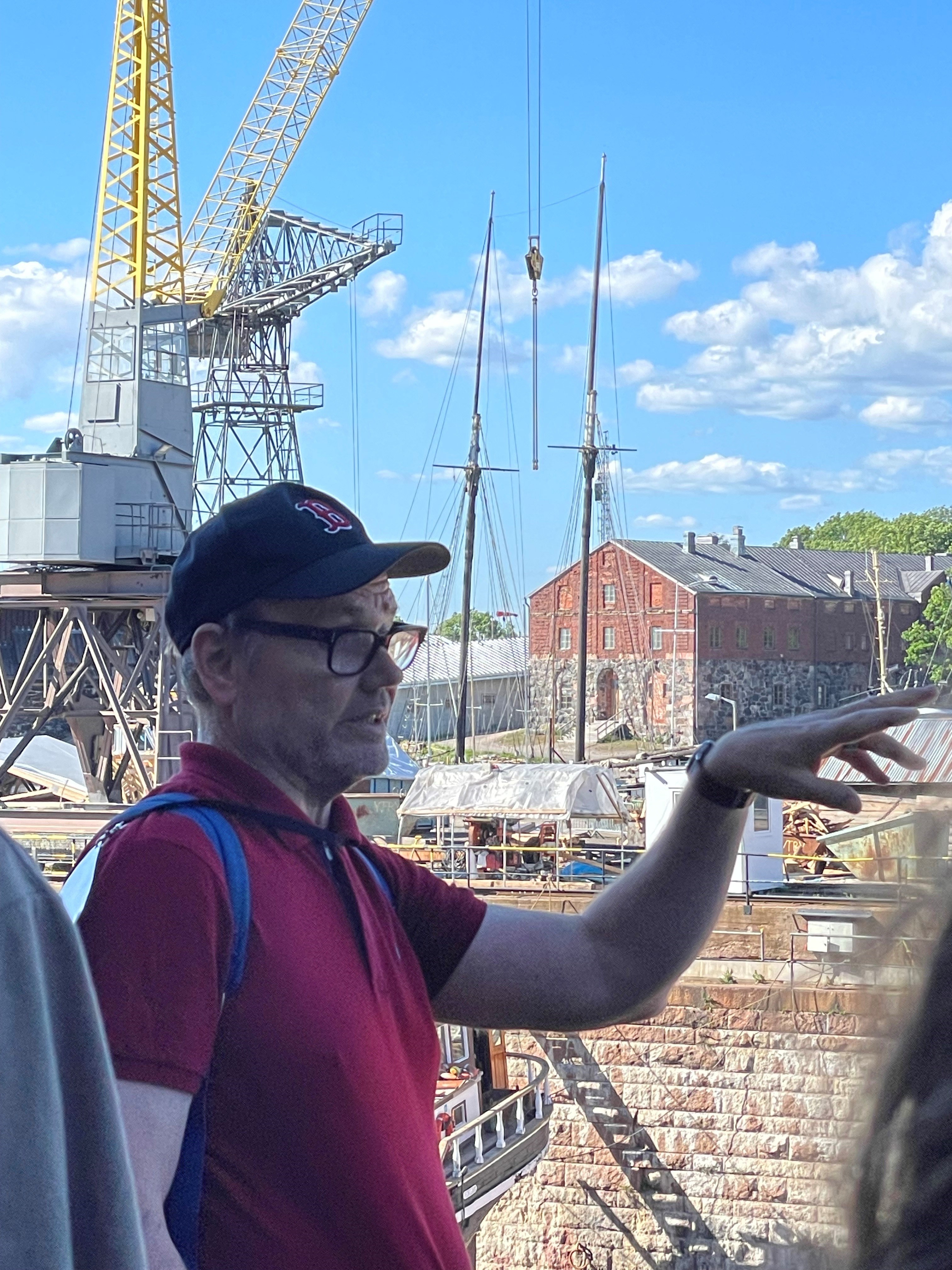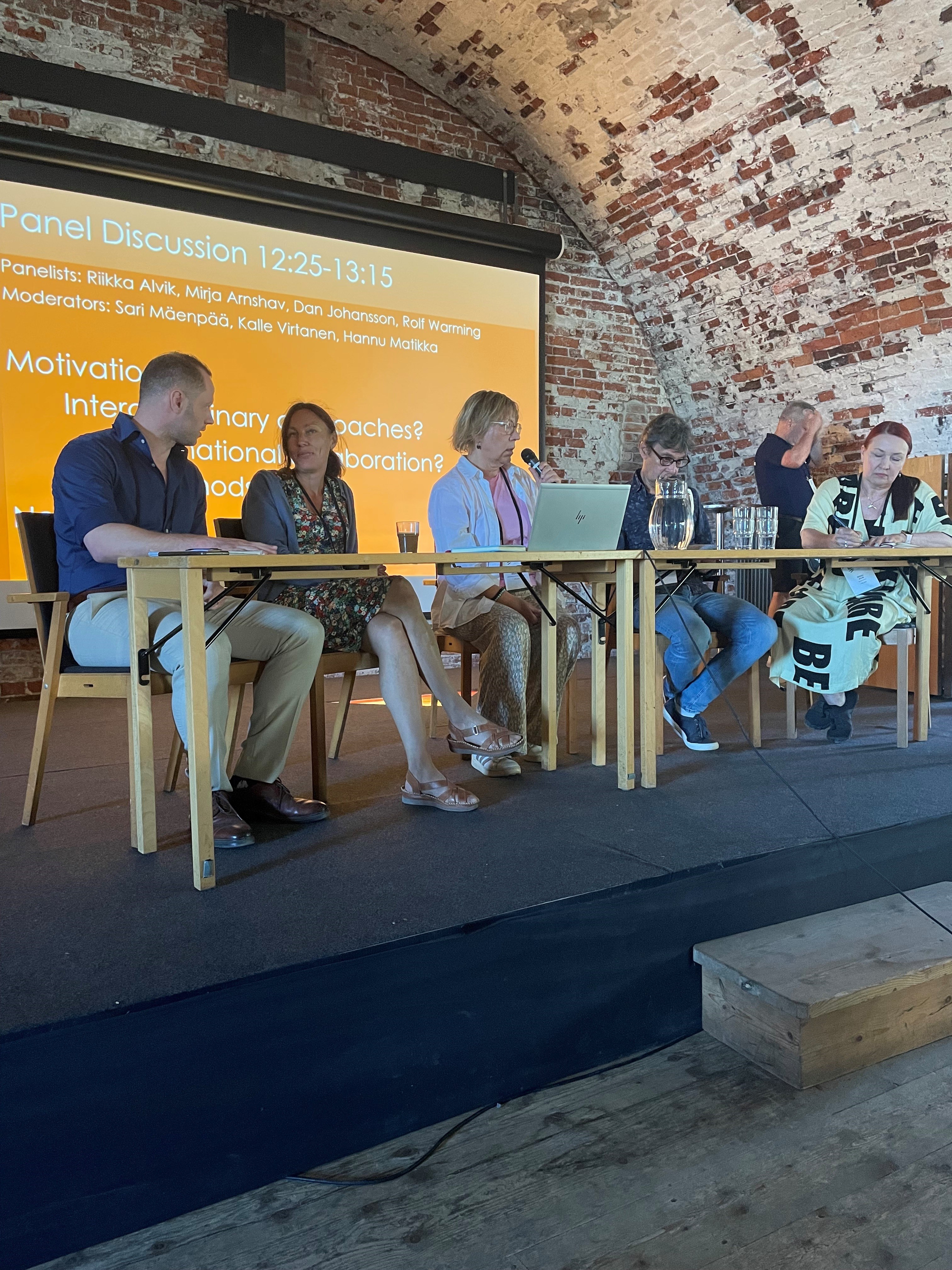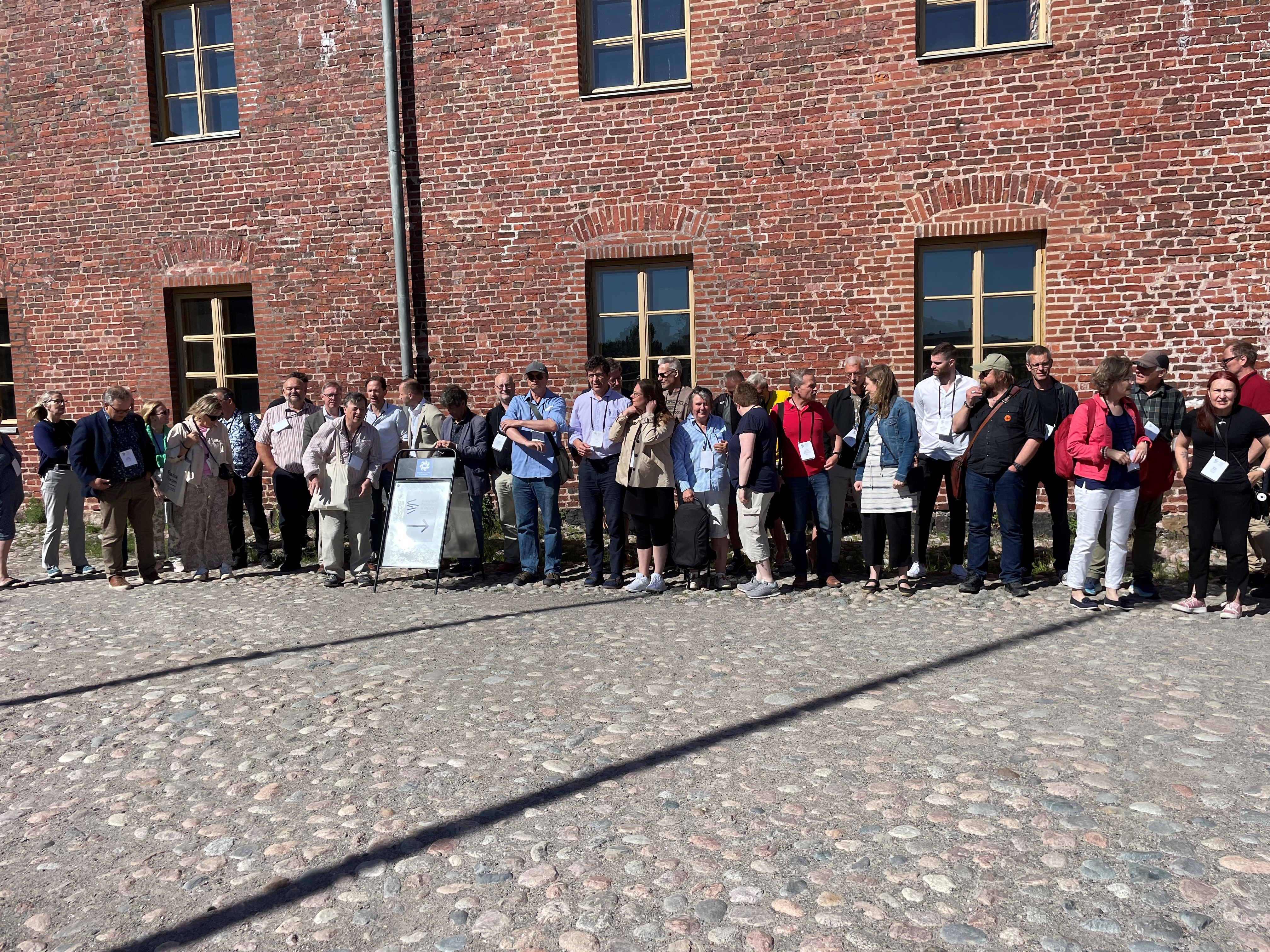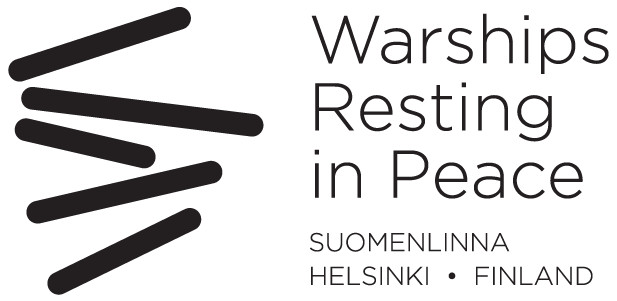
The Lost Navy Conference
3rd -5th of June 2024
At the beginning of June, amidst blooming lilacs and sunshine in Suomenlinna, experts in maritime history, archaeology, and ethnology gathered for the Warships Resting in Peace conference. The three-day conference took place in the historic setting of the Tenaille von Fersen, featuring presentations on a broad range of topics—from Swedish shipbuilding and women working on 17th-century British ships to environmental threats posed by shipwrecks from World War II. The Finnish Heritage Agency organized the conference, as part of the The End of Glory Days, Biography of the Swedish wrecks as Blue Heritage of Suomenlinna project.
The conference success was significantly supported by key partners, including the Governing Body of Suomenlinna, the Finnish Maritime Archaeological Society, the University of Helsinki, the Ehrensvärd Society, the National Museum of Finland, and the Viapori Dockyard Society. The scientific program was curated in collaboration with Leos Müller, head of the Lost Navy research program at the Centre for Maritime Studies at Stockholm University.
Part of the Lost Navy Research Programme
The Warships Resting in Peace conference is the second in a series of conferences organized as part of the research program The Lost Navy – Sweden’s "Blue" Heritage 1450–1850. This international collaboration is led by the Centre for Maritime Studies (CEMAS) at Stockholm University, in partnership with Sweden’s National Maritime and Transport Museums and the Finnish Heritage Agency. The first conference took place in Karlskrona in April 2022, and the third and final conference in the series will be held in Stockholm in June 2026. The six-year research program is primarily funded by the Riksbankens Jubileumsfond.
The Theme: Warships Resting in Peace
The conference title, Warships Resting in Peace, was carefully chosen to reflect the duality of war and peace within maritime research. The primary focus is on the wrecks of former warships, now resting peacefully in the brackish waters of the Baltic Sea—an environment renowned for its unique preservation conditions for organic materials. This peaceful resting state starkly contrasts with the ships’ original purpose as instruments of war. The connection between war and peace remains central to our discussions; while these ships were built for conflict, their stories serve as reminders of the importance of credible defense in securing peace.
Warships have played significant roles in diplomacy and trade, fostering peaceful international relations. As researchers, we have a responsibility to present the history of these vessels without glorifying war, emphasizing instead the futility of conflict and the necessity of striving for peace. In Finland, the concept of "credible defense" is particularly relevant, highlighting the role of strong defense capabilities in preventing war.
Presentations, Guided Tours, and Networking
The opening ceremony was particularly special, featuring encouraging speeches from the Ministry of Education and Culture, the Governing Body of Suomenlinna, and the Finnish Heritage Agency. The scientific program was carefully curated, providing a comprehensive overview of the theme Warships Resting in Peace. The conference program included a total of 23 presentations, covering various research topics, including updates on subprojects within The Lost Navy research program. The concluding panel discussion emphasized the importance of diverse research perspectives, interdisciplinary collaboration, and the need to move beyond purely nationalistic interpretations of maritime history. The discussions generated valuable insights for future research, reinforcing the significance of warship studies within broader historical and social contexts.
Additionally, the event offered numerous opportunities for social interaction. International networking is particularly crucial in warship research to ensure perspectives remain broad rather than purely national. Activities outside the lecture program were essential for strengthening friendships, facilitating informal discussions, and creating shared memories among participants. At the WARPE conference, a sailing trip around Suomenlinna aboard the cannon sloop Diana and guided tours of the fortress were organised. These activities were arranged in collaboration with our project partners, the Viapori Dockyard Society and the Ehrensvärd Society.
Social events, such as the conference dinner at the Officers’ Club and a more casual pizza evening, were particularly popular. Ensuring the well-being of participants was a priority. Lunches and coffee services were provided in accordance with the Finnish Heritage Agency’s sustainable development program, meaning all meals were vegetarian.
The conference budget was supported by the Riksbankens Jubileumsfond, Svenska Kulturfonden, and the Weisell Foundation, with a total budget of €15,000. From the organizers’ perspective, the conference was a great success. The seamless organization and inspiring content exceeded our expectations.
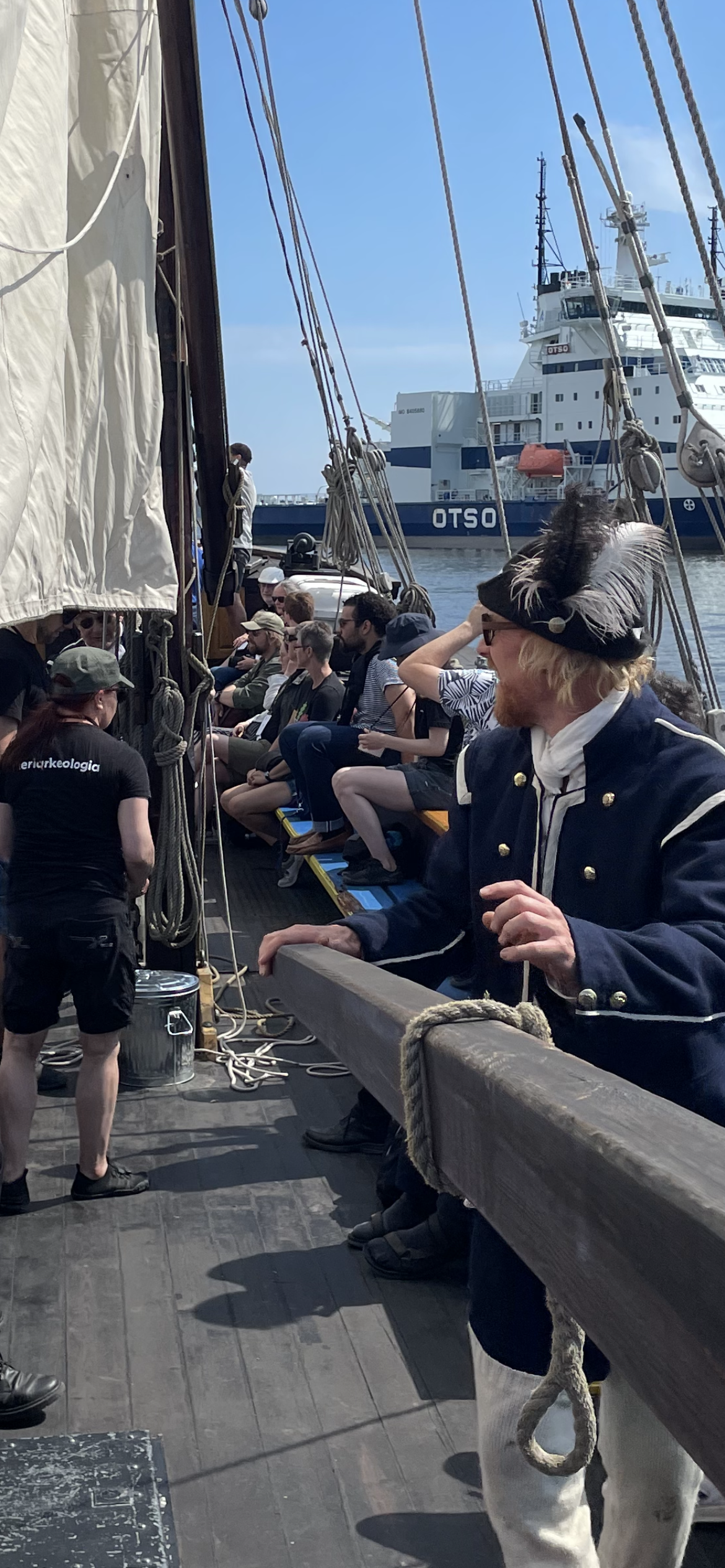
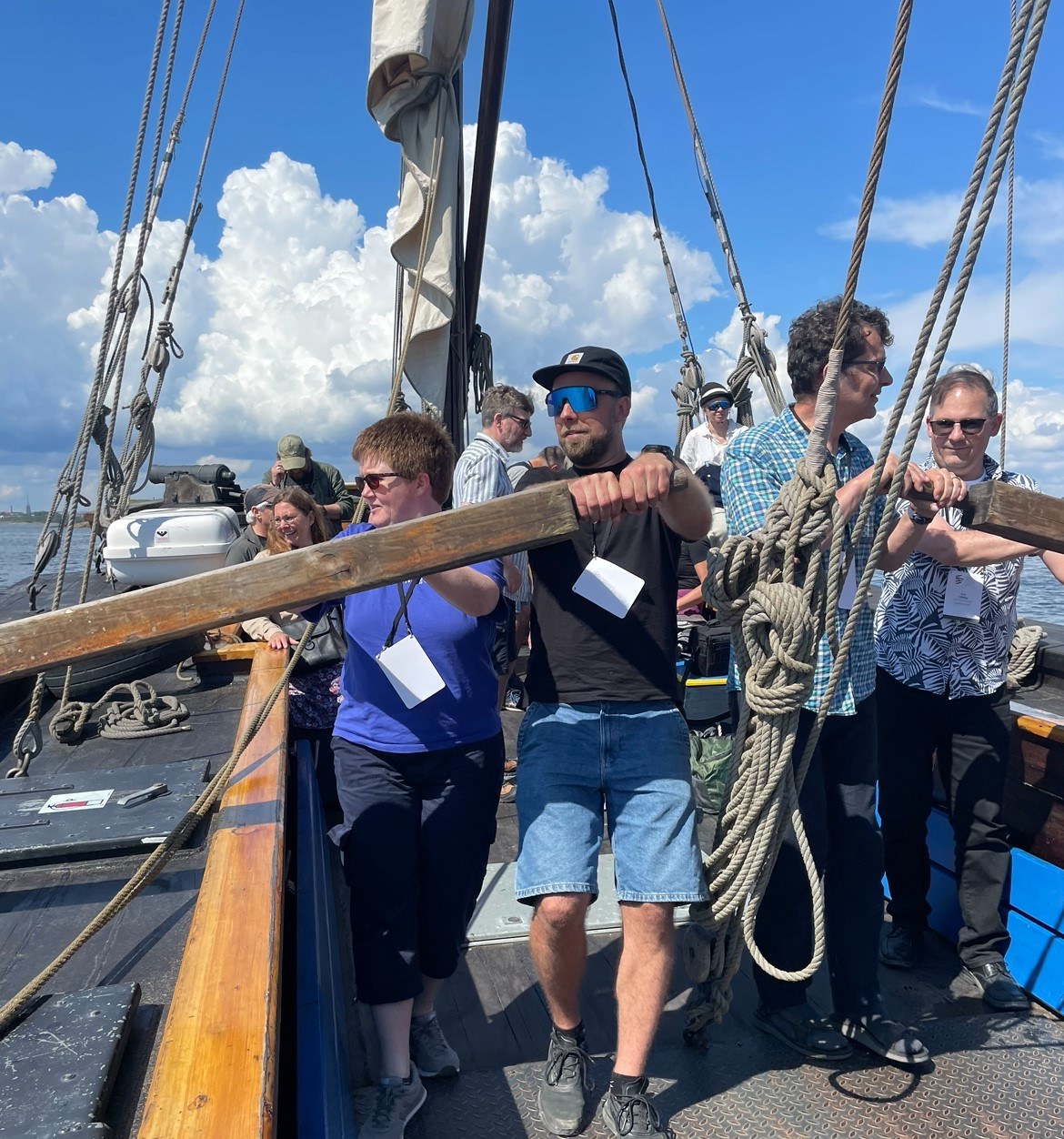
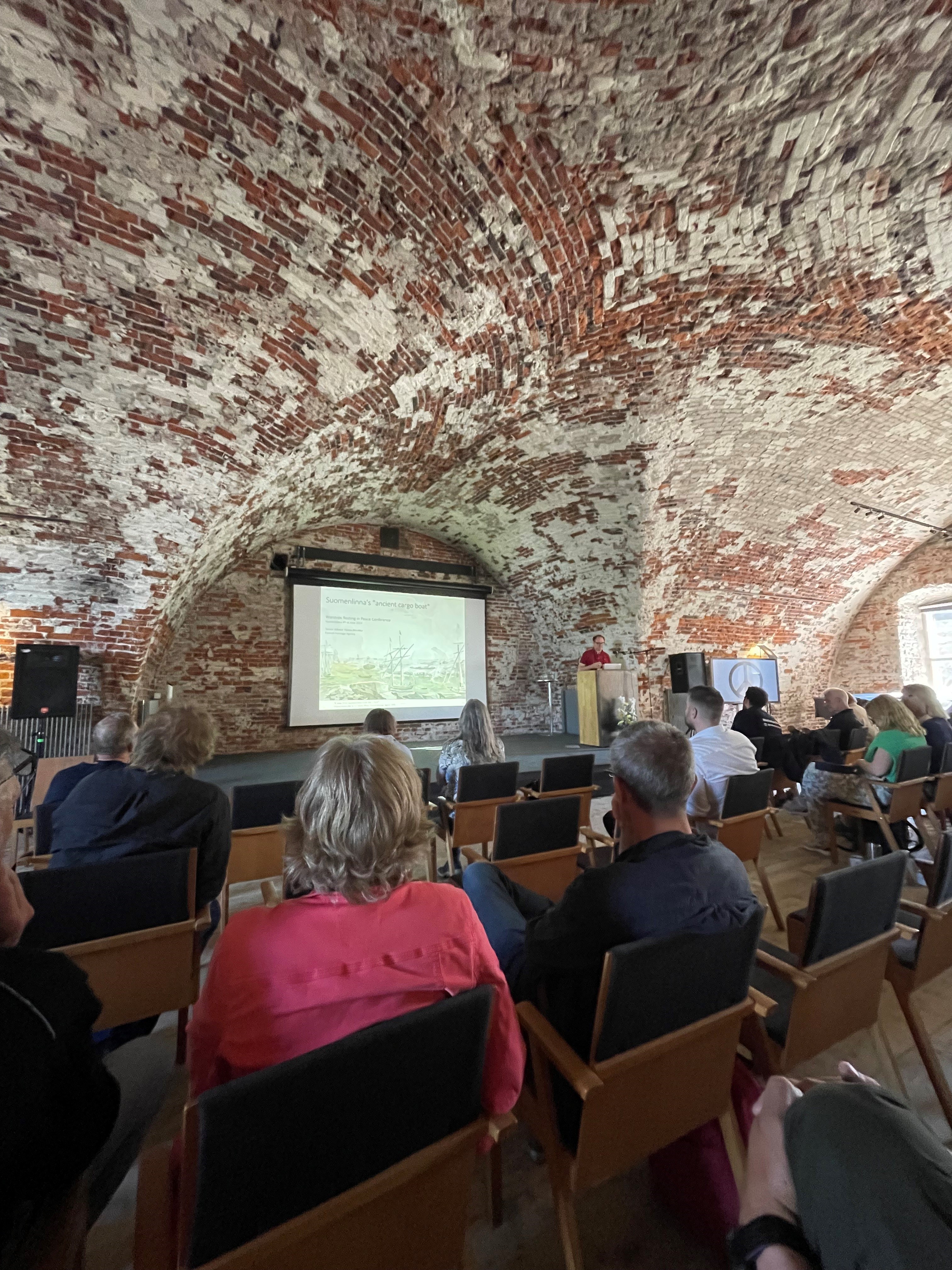
The conference was held at Tenaille von Fersen in Suomenlinna. Photo: Finnish Heritage Agency, 2024.
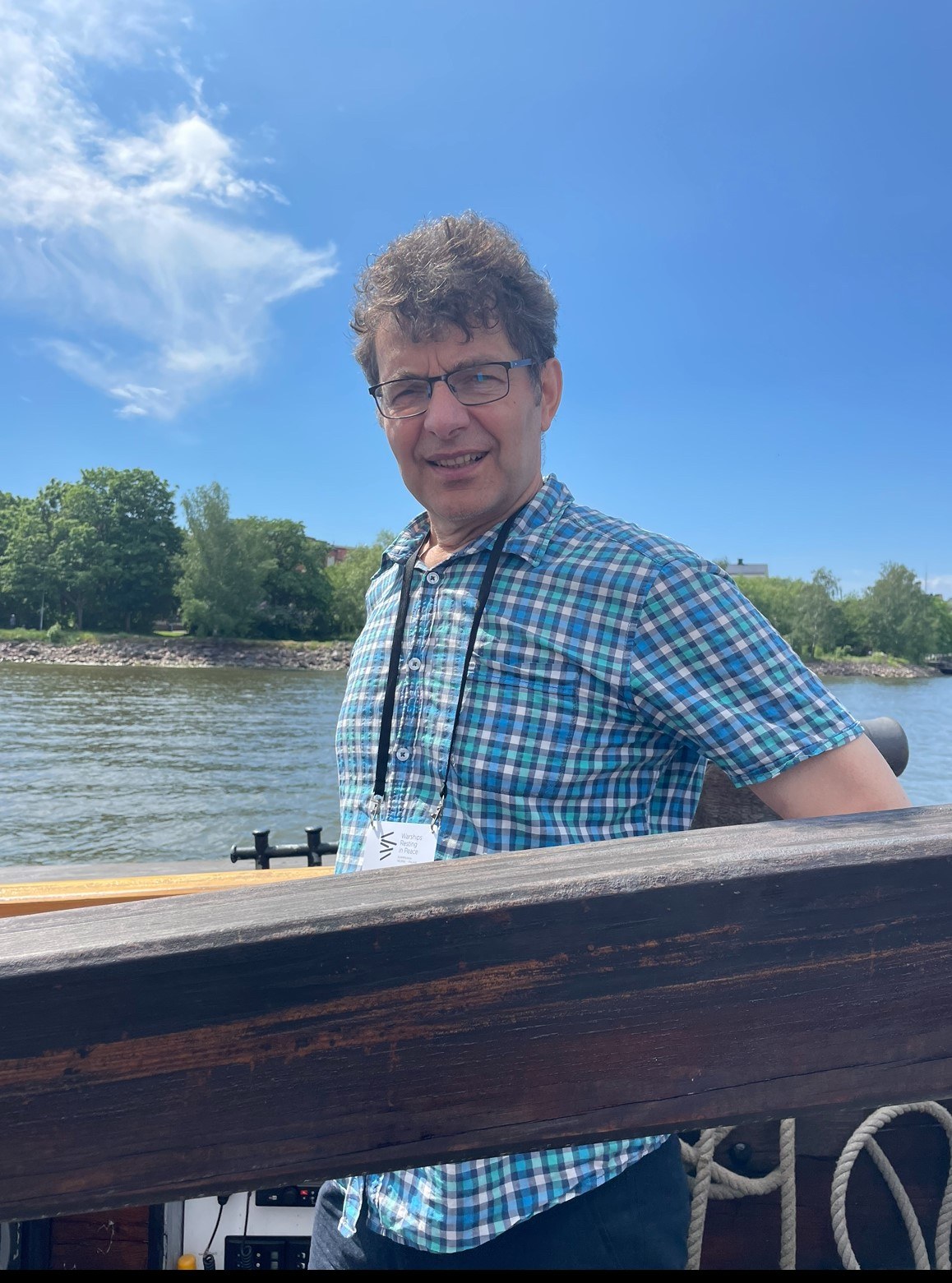
Leos Müller, head of the Lost Navy research programme, was pleased with the event. Photo: Finnish Heritage Agency, 2024.
